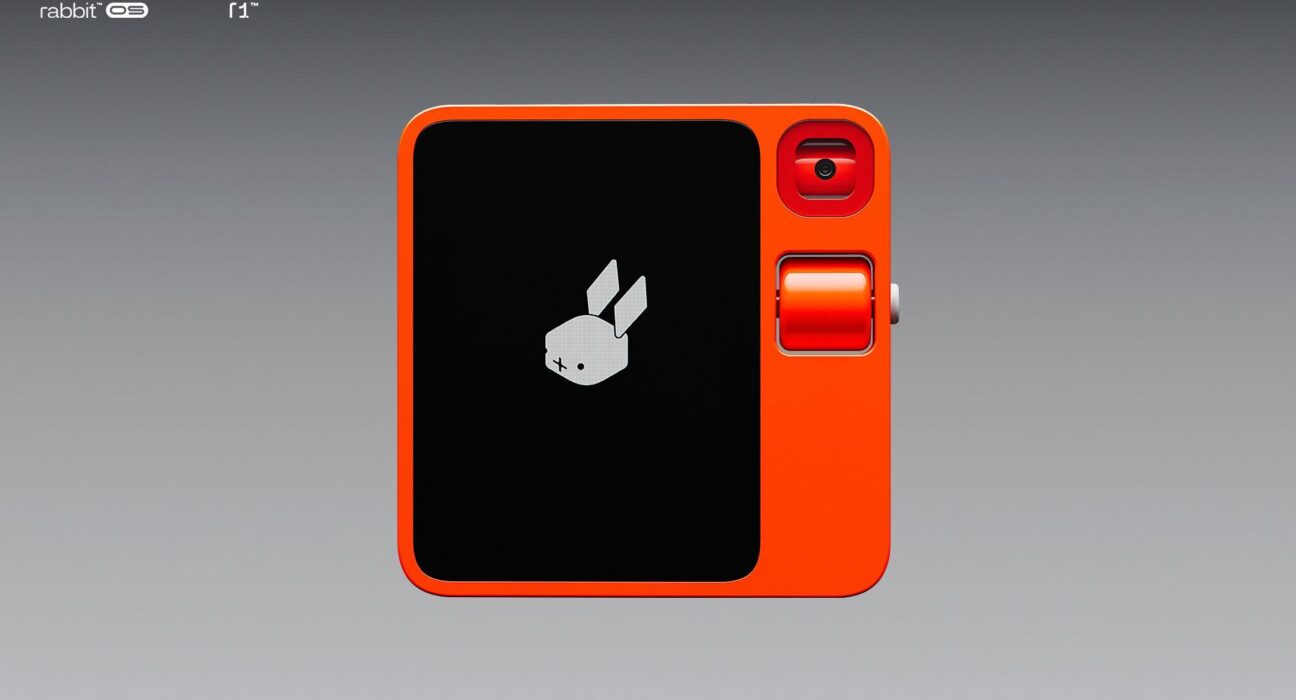In a stunning debut at CES 2024, Rabbit, the Santa Monica-based AI startup, unleashed a cool AI device named the Rabbit R1. Initially targeting 500 units, the company saw an overwhelming response, selling a staggering 10,000 devices on the first day of pre-sale. Priced at an affordable $199, the R1 could probably reshape the landscape of consumer AI technology.
The R1’s hardware, designed in collaboration with Swedish firm Teenage Engineering, boasts a compact design, featuring a 2.88-inch touchscreen, a rotating camera, and a user-friendly scroll wheel/button combination. With a 2.3GHz MediaTek processor, 4GB of memory, and 128GB of storage, the R1 ensures a powerful and efficient user experience. At the heart of the R1’s capabilities is the Rabbit OS, driven by a proprietary Large Action Model (LAM). Unlike conventional AI models, Rabbit OS serves as a universal controller for apps, eliminating the need for multiple applications. The LAM, developed through human interaction with various apps, allows the R1 to understand and replicate human actions.
Personalized AI Experience with “Rabbits”
Enhancing user interactions, the company introduces “Rabbits” – personal AI agents designed to handle tasks from quick information searches to complex activities like travel planning. The user-friendly “Rabbit Hole” web portal allows users to grant Rabbits access to their existing apps, providing a personalized touch to digital interactions.
Rabbit’s dedicated training mode enables users to teach the device new actions, fostering a dynamic and evolving AI experience. For instance, users can instruct the R1 on tasks like photo editing in Photoshop, and the device can replicate the actions autonomously.
Can Rabbit R1 shape the future?
CEO Jesse Lyu envisions the R1 as more than just a voice assistant, positioning it as a versatile all-in-one device with the potential to transform personal computing. With its unique approach to AI technology, the Rabbit R1 is trying to set a new standard in the consumer AI landscape. Priced competitively and emphasizing user privacy, the R1 may be a glimpse into the future of human-machine interfaces.





